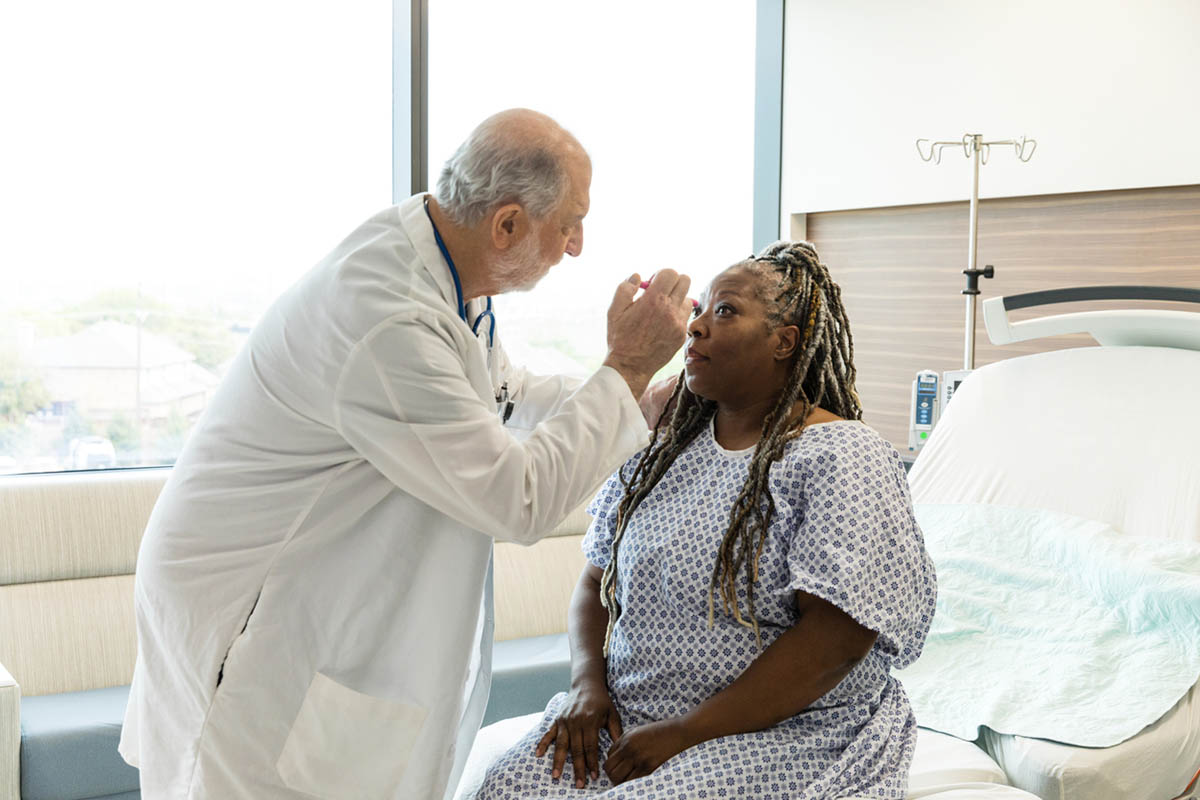Background: In the medical literature, there is a lack of sex-specific information regarding the efficacy, metabolism, and side effects associated with psychopharmacologic treatment. In part, this lack results from the historic underinclusion of women in clinical trials during early drug development, but it also occurs because investigators of treatment and metabolic studies do not routinely analyze results according to sex. In 1993, the U.S. Food and Drug Administration (FDA) announced changes that encourage the inclusion of women in early pharmacokinetic studies and emphasize the need for subset analyses using sex and age parameters. In conjunction with advances in basic science regarding drug metabolism, these modifications have led to modest increases in information regarding sex differences in drug metabolism and efficacy. In this article, current information regarding potential sex differences in the pharmacotherapy of major depressive disorder is reviewed.
Data Sources: A MEDLINE search was conducted using the terms antidepressants, sex-factors, gender differences, and women for the years 1966 to 2000.
Data Synthesis and Conclusions: There are data supporting sex differences in the activity of various antidepressant-metabolizing enzymes. However, there is a paucity of investigation regarding how these differences might translate into differences in clinical efficacy. Notably, there is little work using existing databases to perform the subgroup analyses recommended by the FDA. The widespread dissemination of such work is needed, and, if conducted, investigations in this area have the potential to enhance psychopharmacologic treatment for both men and women.
Please sign in or purchase this PDF for $40.00.




